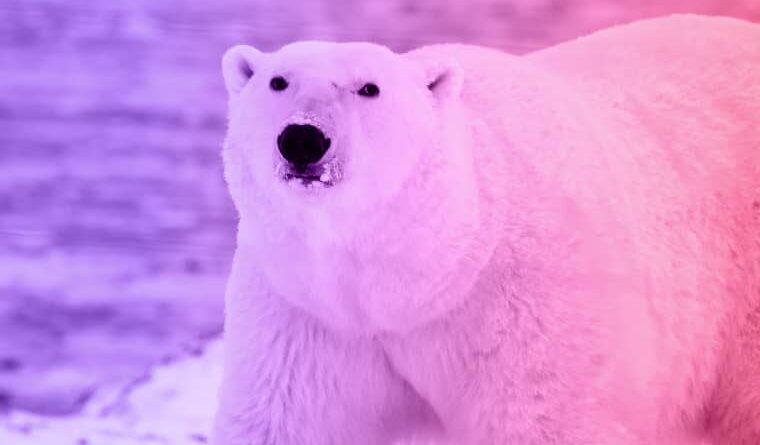The story of a woman and a hungry polar bear
The Encounter: A Woman, a Hungry Polar Bear, and a Night of Arctic Terror
The Arctic wilderness is a place of breathtaking beauty and profound danger, where the line between observer and participant can vanish in an instant. This is the true story of a woman, a biologist named Dr. Anya Sharma, and the night a hungry polar bear turned her remote research station into a battlefield.
The Isolation of Svalbard
Dr. Sharma was six weeks into a three-month solo research mission on the Svalbard archipelago, north of Norway. Her small, reinforced cabin was her base for studying the impacts of climate change on Arctic bird populations. Life was a rhythm of solitude, harsh winds, and the mesmerizing dance of the northern lights. She was prepared for the cold and the isolation, but nothing truly prepares you for a predator that sees your home as a potential meal.
The First Signs of Trouble
It started subtly. One evening, Anya noticed the birds were silent. A day later, deep, unmistakable tracks appeared in the snow just 50 meters from her cabin—the wide, five-toed prints of a large polar bear. Polar bears are the Arctic’s ultimate apex predator, and with sea ice retreating, they are spending more time on land, hungrier and more desperate than ever.
She followed protocol: secured all food, stored garbage in bear-proof containers, and kept her flare gun and rifle within arm’s reach at all times. But a hungry bear is a determined one.
The Night of the Standoff
It was 2 a.m., during the perpetual twilight of the Arctic summer, when she was jolted awake by a sound that froze her blood: a low, guttural huffing, followed by the heavy crunch of snow and the scraping of claws against her cabin’s outer wall.
Heart hammering, she crept to the window. There it was. A massive male polar bear, its white coat tinged yellow, its nose pressed against the glass as it sniffed, searching for a way in. Its ribs were slightly visible—a sign of the desperate hunger driving it towards human habitation.
This was no longer a research project; it was a fight for survival.
A Test of Will and Wit
Trapped inside, Anya knew a direct confrontation was a last resort. Her first line of defense was to try and scare it away. She blasted an air horn through a cracked window. The bear jolted back, startled, but its hunger outweighed its fear. It returned, more persistent, now pawing at the door.
Her mind raced. She could use the flare gun, but if it didn’t scare the bear, it might enrage it. The rifle was the final option—a last resort she desperately wanted to avoid. She remembered her training: You are in their world. Your job is to deter, not to harm.
She gathered every pot and pan she had. At the next loud thud against the door, she threw open the window and created a cacophony of noise, banging the metal together and screaming at the top of her lungs. The bear, confused and assaulted by the deafening sound, finally hesitated. It let out a frustrated roar, then turned and lumbered away into the gloom, casting one last look back at the cabin that held a meal just out of reach.
The Aftermath and a Deeper Message
The bear did not return that night. Shaken but unharmed, Anya reported the incident to the authorities the next morning. A patrol was dispatched to monitor the area.
For Anya, the encounter was a life-altering event. It wasn’t just a scary story; it was a stark, personal lesson in the new reality of the Arctic.
“The bear wasn’t a monster,” she later reflected. “It was just hungry. It was acting on an instinct forged over millennia, in a world we are rapidly changing. I was safe inside my cabin, but it’s the polar bears who are truly vulnerable. Their world is literally melting away.”
The Story’s Resonance
The story of a woman and a hungry polar bear is more than a tale of survival. It is a powerful microcosm of the human-wildlife conflict exacerbated by climate change. It reminds us of the raw power of nature and the fragile balance we disrupt. For anyone who hears it, the question shifts from “What would you do?” to “What are we doing to ensure such encounters don’t become even more desperate and frequent?”
